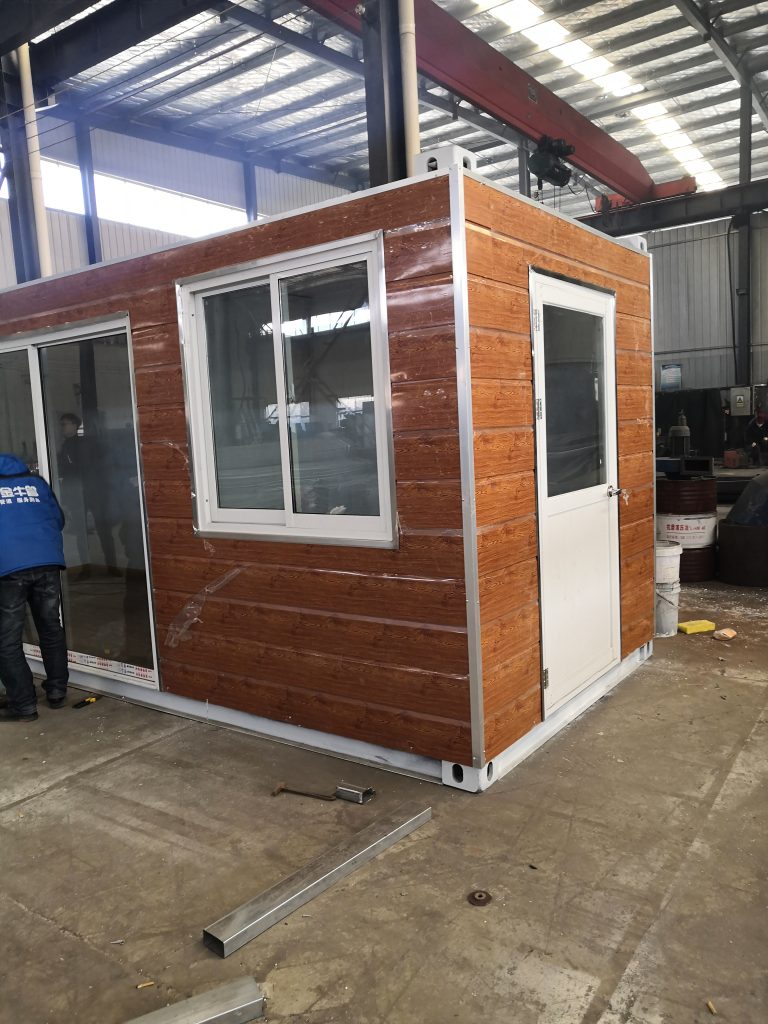What is the effect of natural light utilization in steel structure buildings?
Table of Contents
Benefits of Natural Light Utilization in Steel Structure Buildings
Natural light utilization in steel structure buildings has become increasingly popular in recent years due to its numerous benefits. The use of natural light not only reduces energy consumption and costs but also creates a healthier and more productive indoor environment. In this article, we will explore the various advantages of incorporating natural light into steel structure buildings.
One of the primary benefits of natural light utilization in steel structure buildings is its positive impact on energy efficiency. By allowing natural light to enter the building, there is a reduced need for artificial lighting during the day, which can lead to significant energy savings. This not only helps to lower utility bills but also reduces the building’s carbon footprint, making it a more sustainable option.
In addition to energy savings, natural light has been shown to have a positive effect on human health and well-being. Exposure to natural light has been linked to improved mood, increased productivity, and better overall health. By incorporating natural light into steel structure buildings, occupants can enjoy a more comfortable and pleasant indoor environment, leading to higher levels of satisfaction and well-being.

Furthermore, natural light can enhance the aesthetic appeal of a building. The use of natural light can create a sense of openness and connection to the outdoors, making the space feel more inviting and welcoming. Natural light can also highlight architectural features and design elements, adding visual interest and beauty to the building.
Another advantage of natural light utilization in steel structure buildings is its ability to provide better thermal comfort. Natural light can help to regulate indoor temperatures, reducing the need for heating and cooling systems. This can lead to a more comfortable indoor environment year-round, without the need for excessive energy consumption.
In addition to the benefits mentioned above, natural light can also improve the overall quality of indoor air. Natural light can help to reduce the growth of mold and mildew, which thrive in dark and damp environments. By allowing natural light to enter the building, occupants can enjoy cleaner and healthier indoor air, leading to a more pleasant and comfortable living or working environment.
Overall, the utilization of natural light in steel structure buildings offers a wide range of benefits, from energy savings and improved health to enhanced aesthetics and better indoor air quality. By incorporating natural light into building design, architects and designers can create spaces that are not only more sustainable and efficient but also more comfortable and enjoyable for occupants.
In conclusion, the effect of natural light utilization in steel structure buildings is undeniable. The numerous benefits of incorporating natural light into building design make it a worthwhile investment for both building owners and occupants. By harnessing the power of natural light, steel structure buildings can become more energy-efficient, healthier, and more aesthetically pleasing spaces for people to live and work in.
Design Considerations for Maximizing Natural Light in Steel Structure Buildings
Natural light is a crucial element in the design of any building, as it not only enhances the aesthetic appeal of the space but also has a significant impact on the well-being and productivity of its occupants. In steel structure buildings, the utilization of natural light can be a challenging task due to the inherent properties of steel, such as its high thermal conductivity and limited ability to transmit light. However, with careful planning and design considerations, it is possible to maximize the use of natural light in steel structure buildings.
One of the key factors to consider when designing a steel structure building for optimal natural light utilization is the orientation of the building. By aligning the building in a north-south direction, it is possible to maximize the amount of natural light that enters the space throughout the day. This orientation allows for even distribution of light, reducing the need for artificial lighting and creating a more comfortable and energy-efficient environment.
In addition to orientation, the design of the building’s facade plays a crucial role in maximizing natural light penetration. The use of large windows, skylights, and light wells can help to bring natural light deep into the interior spaces of the building. By strategically placing these elements, it is possible to create a well-lit and visually appealing environment that enhances the overall quality of the space.
Another important consideration when designing a steel structure building for natural light utilization is the selection of materials. Opting for light-colored finishes and reflective surfaces can help to bounce natural light around the space, increasing its overall brightness. Additionally, the use of low-e glass can help to reduce heat gain and glare while still allowing for ample natural light to enter the building.
Incorporating shading devices such as louvers, awnings, and overhangs can also help to control the amount of natural light that enters the building, preventing overheating and glare. These devices can be strategically placed to block direct sunlight during the hottest parts of the day while still allowing for diffused light to enter the space.
Furthermore, the use of interior design elements such as light shelves, reflective surfaces, and light-colored finishes can help to enhance the distribution of natural light within the building. By bouncing light off these surfaces, it is possible to create a brighter and more visually appealing environment that promotes productivity and well-being.
Overall, the utilization of natural light in steel structure buildings can have a profound impact on the overall quality of the space. By carefully considering factors such as orientation, facade design, material selection, and shading devices, it is possible to create a well-lit and energy-efficient environment that enhances the well-being and productivity of its occupants. With the right design considerations, steel structure buildings can harness the power of natural light to create spaces that are both functional and visually appealing.







